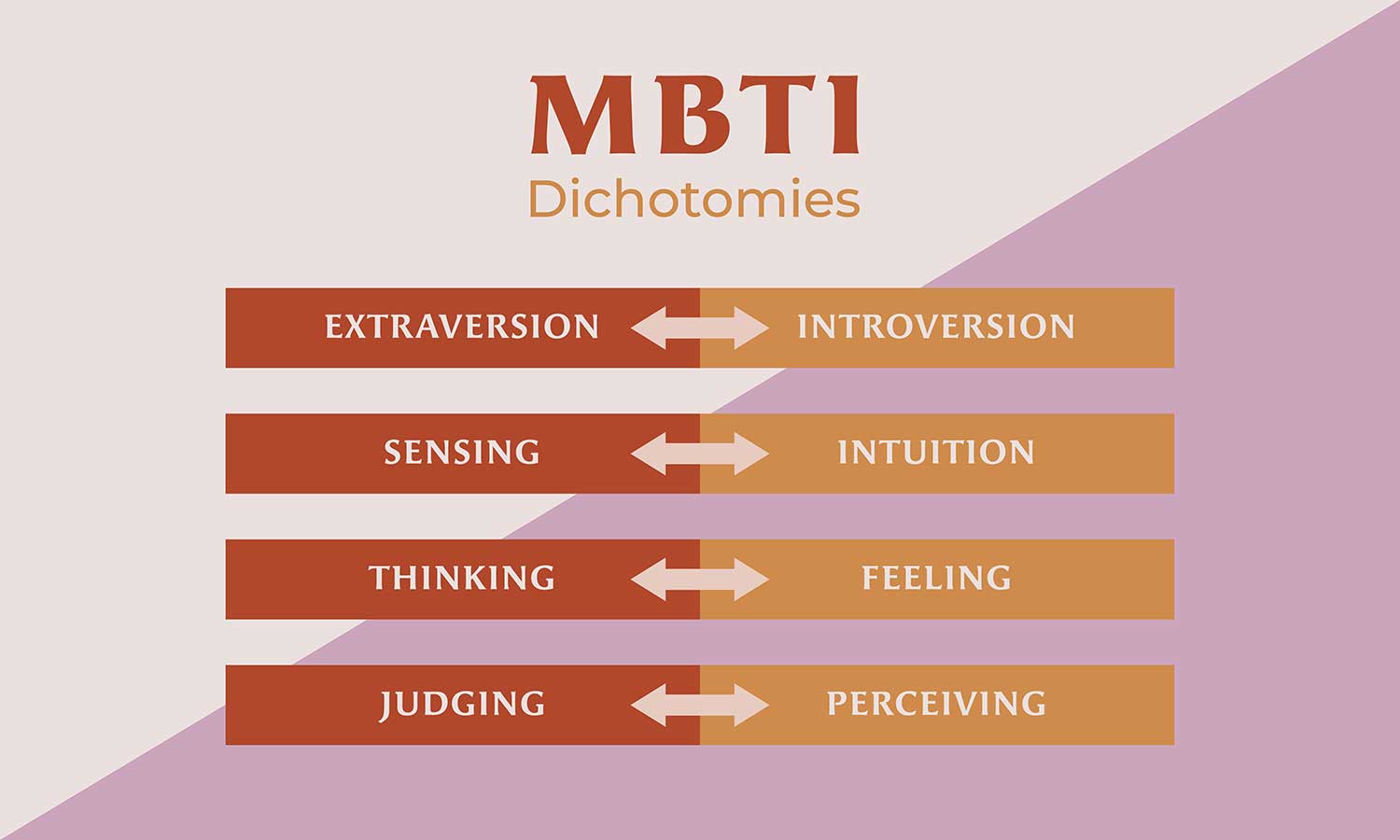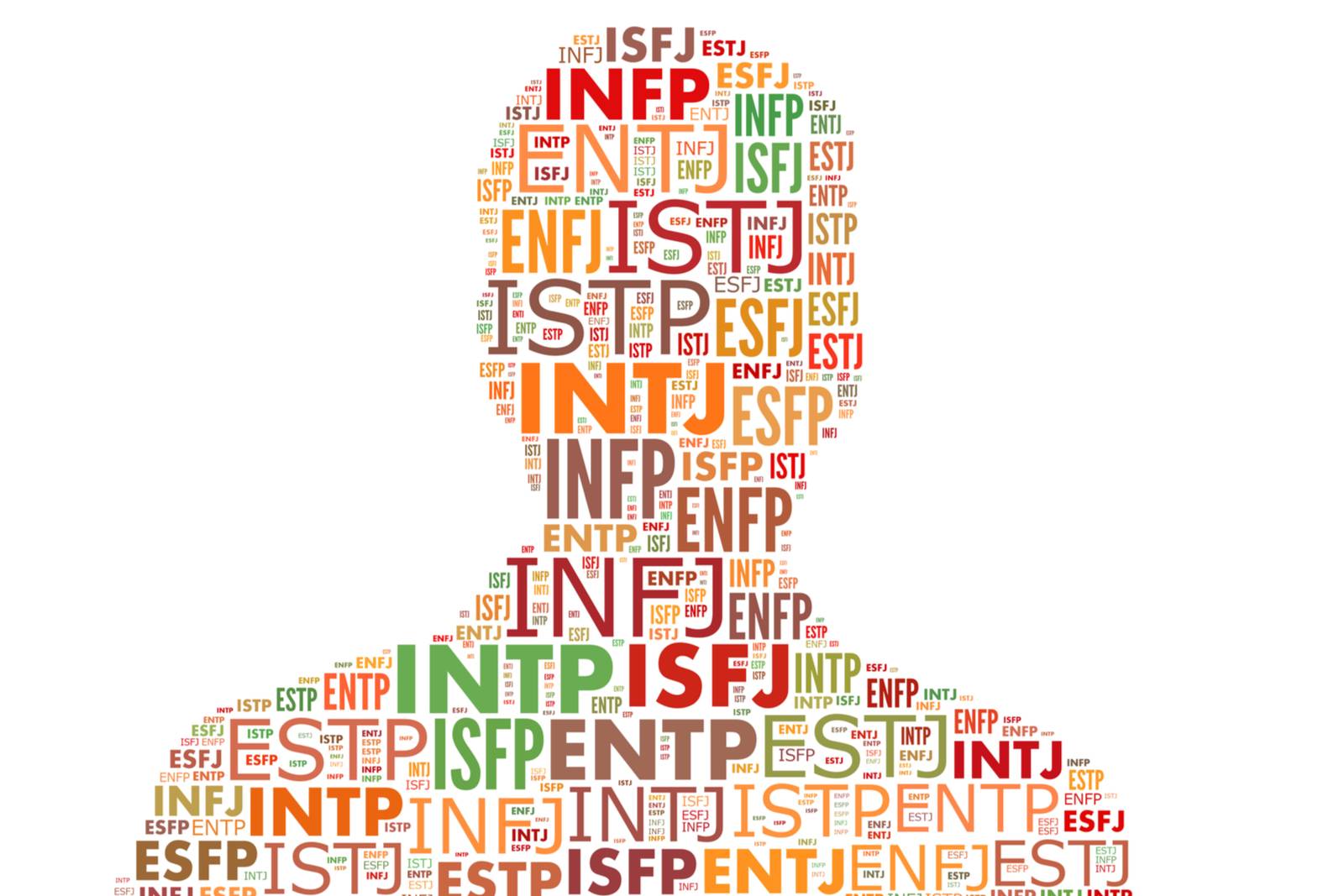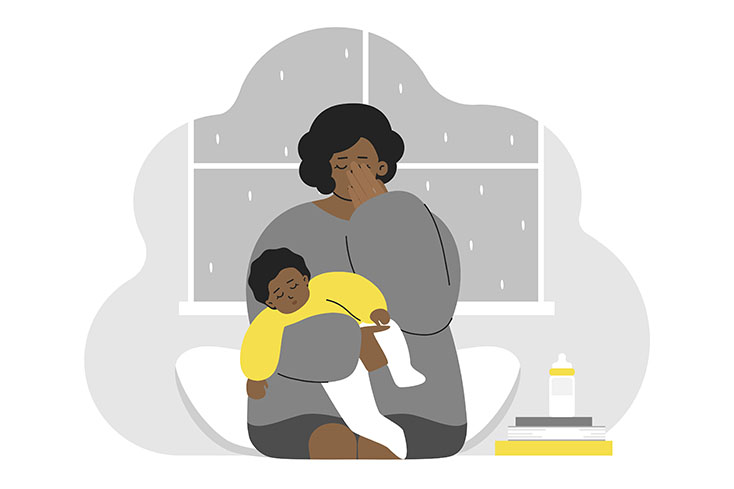
Classifying Personality – Understanding the MBTI
Have you ever heard someone describe themselves as an INTJ or an ESTP and wondered what those cryptic-sounding letters could mean? What these people are referring to is their personality type based on the Myers-Briggs Type Indicator (MBTI).
The Myers-Briggs Personality Type Indicator is a self-report inventory designed to identify a person’s personality type, strengths, and preferences. The questionnaire was developed by Isabel Myers and her mother Katherine Briggs based on their work with Carl Jung’s theory of personality types. Today, the MBTI inventory is one of the world’s most widely used psychological instruments.
This article discusses how the Myers-Briggs types were created, what the 16 different MBTI types are, and how this personality typing system works.
The Development of the Myers-Briggs Test
Both Myers and Briggs were fascinated by Jung’s theory of psychological types and recognized that the theory could have real-world applications. During World War II, they began researching and developing an indicator that could be utilized to help understand individual differences. By helping people understand themselves, Myers and Briggs believed that they could help people select occupations that were best suited to their personality types and lead healthier, happier lives.
Myers created the first pen-and-pencil version of the inventory during the 1940s, and the two women began testing the assessment on friends and family. They continued to fully develop the instrument over the next two decades.

An Overview of the Test
Based on the answers to the questions on the inventory, people are identified as having one of 16 personality types. The goal of the MBTI is to allow respondents to further explore and understand their own personalities including their likes, dislikes, strengths, weaknesses, possible career preferences, and compatibility with other people.
No one personality type is “best” or “better” than another. It isn’t a tool designed to look for dysfunction or abnormality. Instead, its goal is simply to help you learn more about yourself. The questionnaire itself is made up of four different scales.
Extraversion (E) – Introversion (I)
The extroversion-introversion dichotomy was first explored by Jung in his theory of personality types as a way to describe how people respond and interact with the world around them. While these terms are familiar to most people, the way in which they are used in the MBTI differs somewhat from their popular usage.
Extroverts are “outward-turning” and tend to be action-oriented, enjoy more frequent social interaction, and feel energized after spending time with other people. Introverts are “inward-turning” and tend to be thought-oriented, enjoy deep and meaningful social interactions, and feel recharged after spending time alone. We all exhibit extroversion and introversion to some degree, but most of us tend to have an overall preference for one or the other.
Sensing (S) – Intuition (N)
This scale involves looking at how people gather information from the world around them. Just like with extroversion and introversion, all people spend some time sensing and intuiting depending on the situation. According to the MBTI, people tend to be dominant in one area or the other.
People who prefer sensing tend to pay a great deal of attention to reality, particularly to what they can learn from their own senses. They tend to focus on facts and details and enjoy getting hands-on experience. Those who prefer intuition pay more attention to things like patterns and impressions. They enjoy thinking about possibilities, imagining the future, and abstract theories.
Thinking (T) – Feeling (F)
This scale focuses on how people make decisions based on the information that they gathered from their sensing or intuition functions. People who prefer thinking place a greater emphasis on facts and objective data. They tend to be consistent, logical, and impersonal when weighing a decision. Those who prefer feeling are more likely to consider people and emotions when arriving at a conclusion.
Judging (J) – Perceiving (P)
The final scale involves how people tend to deal with the outside world. Those who lean toward judging prefer structure and firm decisions. People who lean toward perceiving are more open, flexible, and adaptable. These two tendencies interact with the other scales.
Remember, all people at least spend some time engaged in extroverted activities. The judging-perceiving scale helps describe whether you behave like an extrovert when you are taking in new information (sensing and intuiting) or when you are making decisions (thinking and feeling).

The Myers-Briggs Types
Each type is then listed by its four-letter code:
ISTJ – The Inspector: Reserved and practical, they tend to be loyal, orderly, and traditional.
ISTP – The Crafter: Highly independent, they enjoy new experiences that provide first-hand learning.
ISFJ – The Protector: Warm-hearted and dedicated, they are always ready to protect the people they care about.
ISFP – The Artist: Easy-going and flexible, they tend to be reserved and artistic.
INFJ – The Advocate: Creative and analytical, they are considered one of the rarest Myers-Briggs types.3
INFP – The Mediator: Idealistic with high values, they strive to make the world a better place.
INTJ – The Architect: High logical, they are both very creative and analytical.4
INTP – The Thinker: Quiet and introverted, they are known for having a rich inner world.
ESTP – The Persuader: Outgoing and dramatic, they enjoy spending time with others and focusing on the here-and-now.
ESTJ – The Director: Assertive and rule-oriented, they have high principles and a tendency to take charge.
ESFP – The Performer: Outgoing and spontaneous, they enjoy taking center stage.
ESFJ – The Caregiver: Soft-hearted and outgoing, they tend to believe the best about other people.
ENFP – The Champion: Charismatic and energetic, they enjoy situations where they can put their creativity to work.
ENFJ – The Giver: Loyal and sensitive, they are known for being understanding and generous.
ENTP – The Debater: Highly inventive, they love being surrounded by ideas and tend to start many projects (but may struggle to finish them).
ENTJ – The Commander: Outspoken and confident, they are great at making plans and organizing projects.
Taking the Myers-Briggs Type Indicator can provide a lot of insight into your personality, which is probably why the instrument has become so popular. Even without taking the formal questionnaire, you can probably immediately recognize some of these tendencies in yourself.

The 3 Types of Narcissistic Mothers
You May Also Like

INFJ Depression: Introducing the Deeply Emotional and Rare Personality Trait
2021-07-01
17 Ways To Become The Best Version Of Yourself
2022-02-04
